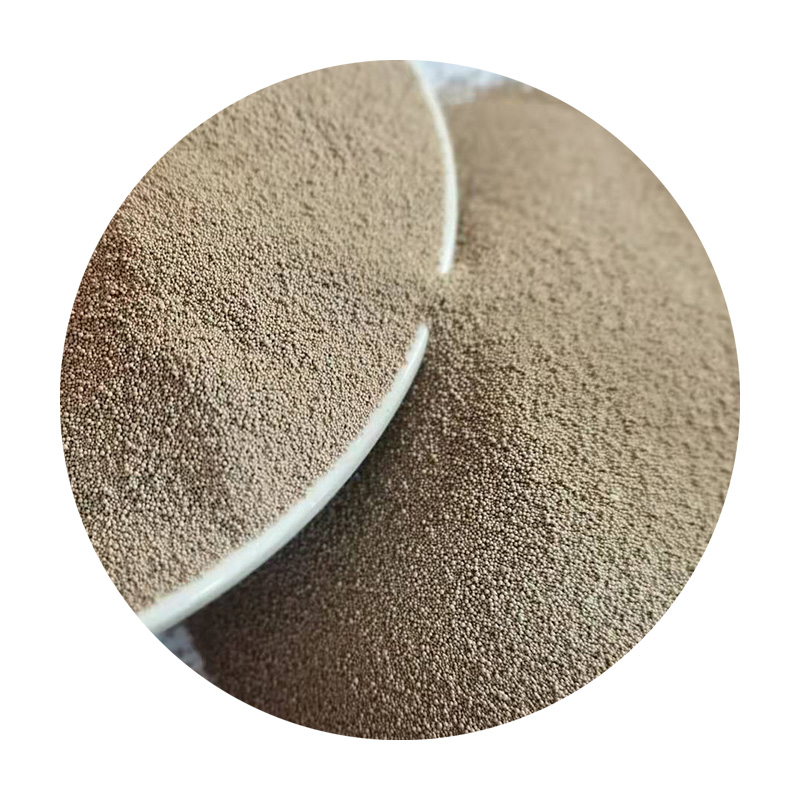Understanding Ceramic Sand Casting A Versatile Metalworking Process
Ceramic sand casting is an advanced metalworking technique that utilizes ceramic materials as the primary component in the molding process. This innovative method offers a plethora of benefits over traditional casting techniques, making it a popular choice in various industries such as aerospace, automotive, and art. In this article, we will delve into the principles of ceramic sand casting, its advantages, and its applications.
The Process of Ceramic Sand Casting
Ceramic sand casting begins with the preparation of a ceramic mixture, which typically includes fine silica sand, a binding agent, and water. This unique combination forms a mold that is durable yet flexible enough to withstand high temperatures during casting. The process begins with creating a pattern of the desired object, which is usually made from metal or a polymer. The pattern is then coated in a release agent to facilitate the removal of the final product.
Once the pattern is prepared, it is placed in a flask, and the ceramic sand mixture is poured around it. The mixture is compacted to form a solid mold. After sufficient curing time, the pattern is removed, leaving a hollow mold that reflects the shape of the intended metal part. The mold is then preheated, allowing it to retain the heat during the pouring of molten metal, which enhances the quality of the final casting.
After the molten metal has cooled and solidified, the ceramic mold can be broken away to reveal the cast component. This method not only enables intricate designs with excellent surface finishes but also allows for the production of complex geometries that would be challenging to achieve with conventional casting.
Advantages of Ceramic Sand Casting
ceramic sand casting

Ceramic sand casting comes with several distinct advantages. One of the most significant benefits is the ability to produce high precision and complex shapes, which is essential in industries where component accuracy is paramount, such as aerospace and medical devices. Furthermore, the process allows for lower melting temperatures of certain metals, providing energy efficiency and reducing production costs.
The use of ceramic materials in the sand casting process also enhances thermal stability and chemical resistance, making it suitable for high-temperature applications. Additionally, ceramic molds can endure repeated use, further reducing waste and enhancing sustainability in manufacturing. The improved surface finish of cast parts contributes significantly to reduced machining time post-casting, thereby streamlining the production process.
Applications of Ceramic Sand Casting
Due to its versatility, ceramic sand casting is employed in various fields. In the aerospace industry, it is often used to create intricate turbine blades and engine components, where precision and weight reduction are critical. The automotive sector utilizes this casting technique for producing engine blocks, transmission cases, and exhaust manifolds, taking advantage of its ability to handle complex shapes and tight tolerances.
Apart from industrial applications, ceramic sand casting is also popular in artistic endeavors. Artists and sculptors appreciate the method for its ability to capture fine details and produce aesthetically pleasing pieces. The smooth finish and high level of detail make it ideal for creating both functional and decorative items.
Conclusion
Ceramic sand casting represents a significant advancement in manufacturing technology, combining the strengths of traditional casting with the innovations of modern materials. Its capacity to produce precise and complex components while maintaining efficiency and sustainability makes it an invaluable technique across numerous industries. As technology continues to evolve, we can expect ceramic sand casting to play an even more pivotal role in the future of metalworking.
Post time:نويابىر . 19, 2024 09:56
Next:Types and Applications of Ceramic Foundry Sand
